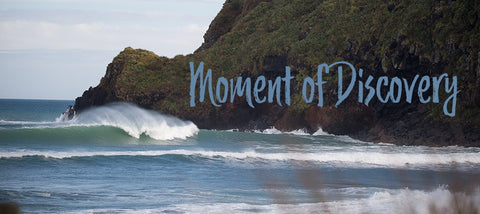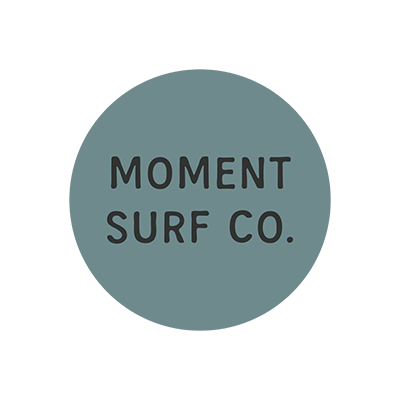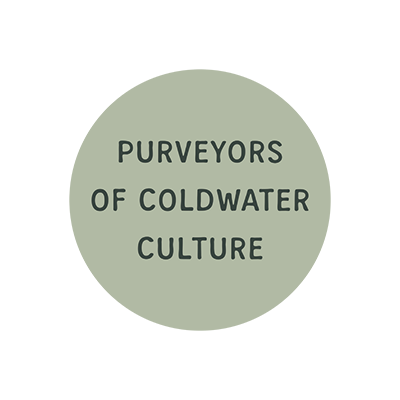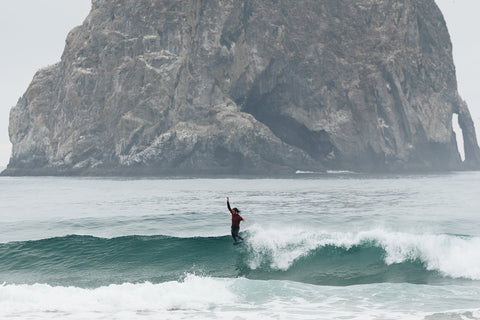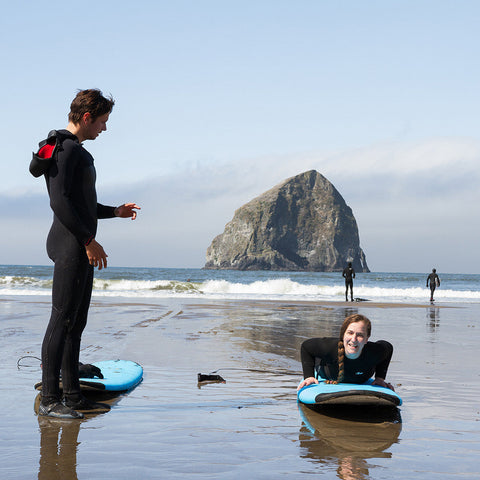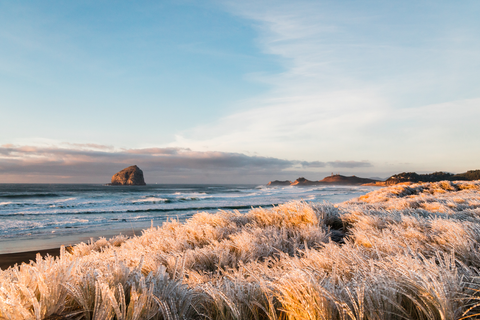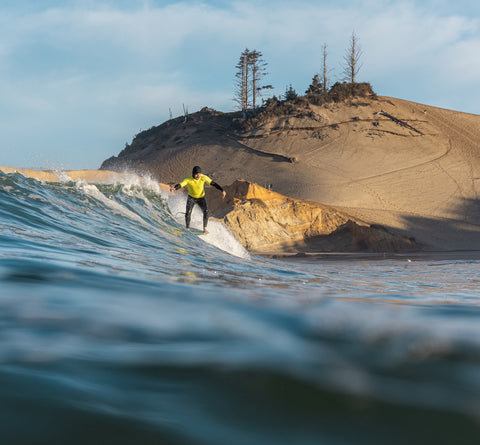Moment Of Discovery from Moment Surf Co on Vimeo.
Did we make any amazing new discoveries on our recent team trip? No. In fact, everywhere we surfed was pretty darn crowded. Turns out, the timing of our trip matched up perfectly, or most unfortunately, with the local schools version of spring break. Two weeks where the kids didn’t have to go school, and parents leave work to take the family to the beach. Every line-up was busy, each town was full, and the likelihood of finding empty waves to ourselves was quickly diminished the moment we pulled up to our first surf spot. This island, and its surfing, is the farthest thing from being undiscovered. Surfing here is celebrated and encouraged far more than back home. It’s known throughout the surfing world and well established as a popular destination. Most surfers will include it on their bucket list of places to go. It was on ours, and that’s why we went.

The exciting thing about surf travel is discovering something new, to you. Sure, there is a select crew of surfers that have the time, resources and skill to search for waves that have previously never been ridden. The vast majority of us however, must rely on the endless amounts of surf travel information that is published in books, movies or on the internet to choose our next destination.

In the 50’s, photos of Tom Blake surfing huge waves at Makaha in Hawaii made their way into a California newspaper. That exposure and release of information opened the door to countless surfers who began to make the overseas journey during the winter to find waves. I am sure this is not the first time that information about a good surf spot encouraged surfers to travel elsewhere, but it marks a significant starting point in modern surf travel.

This was followed in the 60’s by Bruce Brown’s movie The Endless Summer. Considered one of the greatest surf movies of all time, its whole premise is based upon searching the globe for waves. It not only told the story of surfers traveling to remote locations, but gave documented proof of how good the waves could be. The fire for travel was fully lit, and only continued to grow through the 70’s and 80’s with countless articles in surf magazines, books and the birth of surf videos.

In the 90’s everything became even easier with the development of the internet. By this point, almost any question you had about a surf location could be answered with a simple click of a button. Maps, swell forecasts, tides, weather patterns, everything you needed to take the guess work out of searching for waves. The only thing left was being able to know what the surf looked like each and every day. By the early 2000’s, that was solved with the invention of surf cameras and social media. You can now click on thousands of surf cameras around the world and see what your intended surf spot looks like in real time. If there isn’t a camera, I’m sure someone on Instagram or Facebook has posted a photo or video of the surf recently. So, can we really use the word “discovery” anymore when describing surf travel?

The joy of surfing comes from discovering something new each time you paddle out. From the first time you see someone catch a wave, till you get the courage to try it yourself, it’s all about learning something new. Practicing turns, how to negotiate the barrel, or even understanding a line-up, it’s all undiscovered at one point. You can read books, listen to coaches, and watch videos to try and learn, but the ocean is always in motion. Nothing is static, every wave is different, nature is always in constant flux. To progress your surfing, you must learn to manage these changes and make adjustments rather than just mastering a maneuver. That’s what makes it so difficult, and at the same time really rewarding.

The same can be said for surf travel. You can study a place, see all the photos, watch all the videos, but going there and seeing it for the first time is magical. You get the same feeling and joy as if you were the first person in the world to see it. It’s a new discovery for you and your surfing experience. It’s another step in the ladder in progressing your surfing. Sure, we would all love to pull up to one of these spots and have no one out, but that’s no longer the world we live in. With the wealth of information about surfing available now, finding uncrowded waves is getting harder and harder. The positive is, as a traveling surfer your likelihood of finding waves and timing it with good conditions is drastically increased. The excitement of surfing one of these spots when its firing outweighs the frustration of sharing the line-up with a bunch of other traveling surfers.

With each new discovery along your surfing path, you not only learn more about your own surfing, but where you fit into the surf community as a whole. You start to read the line-up and who the locals are and to give them their deserved respect. You are a guest at their home. Traveling to new spots and experiencing a different culture is one of the greatest things about being a surfer. Take the time to meet new people and learn about them.

We choose not to name the places we go or tag the location in photos. If you are far enough along in your surfing journey then you will obviously recognize the place. If not, take the time to find out for yourself. There is plenty of information already available for you to put the pieces together. Enjoy the search and the moment you discover a new place for yourself.










